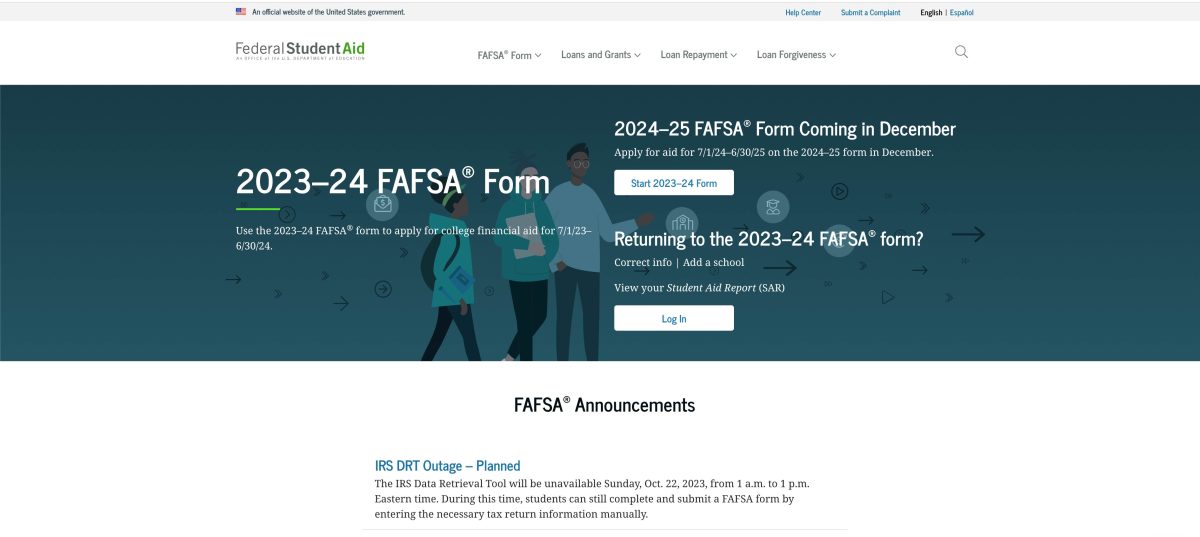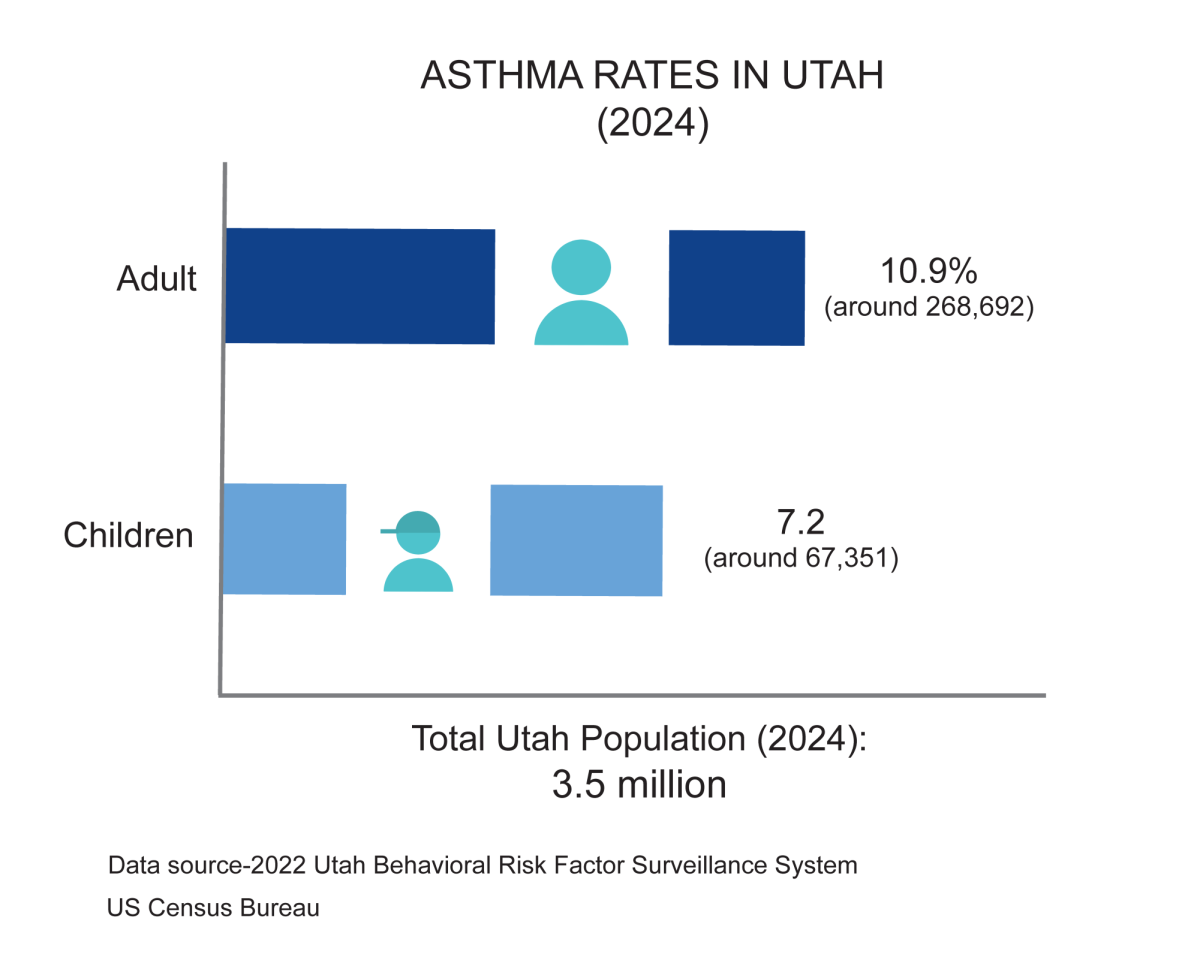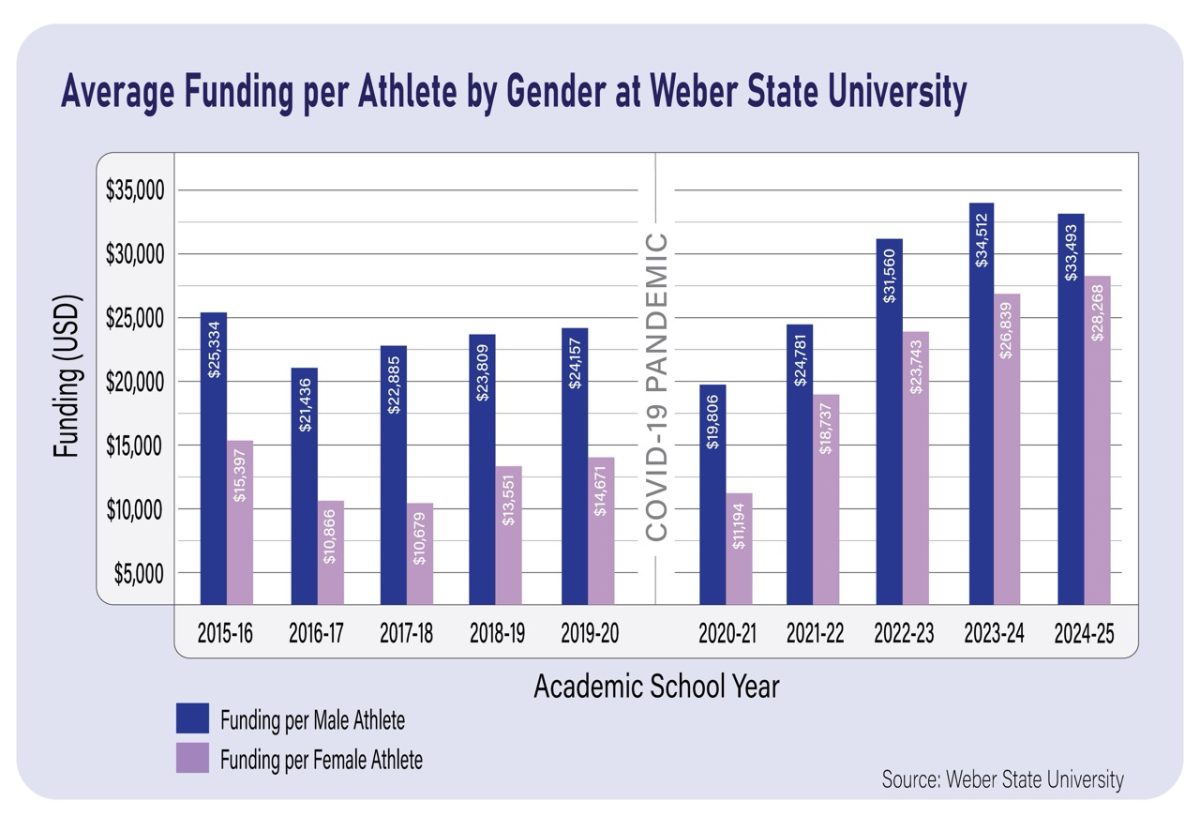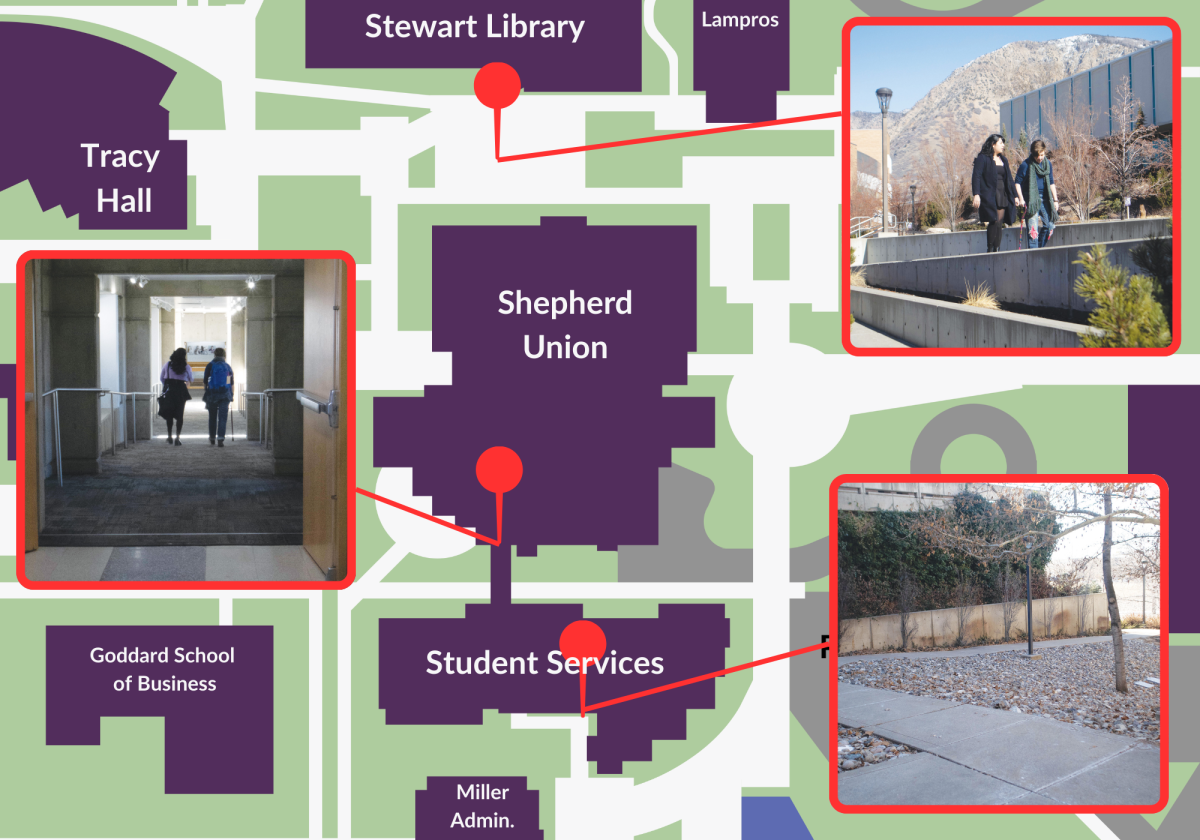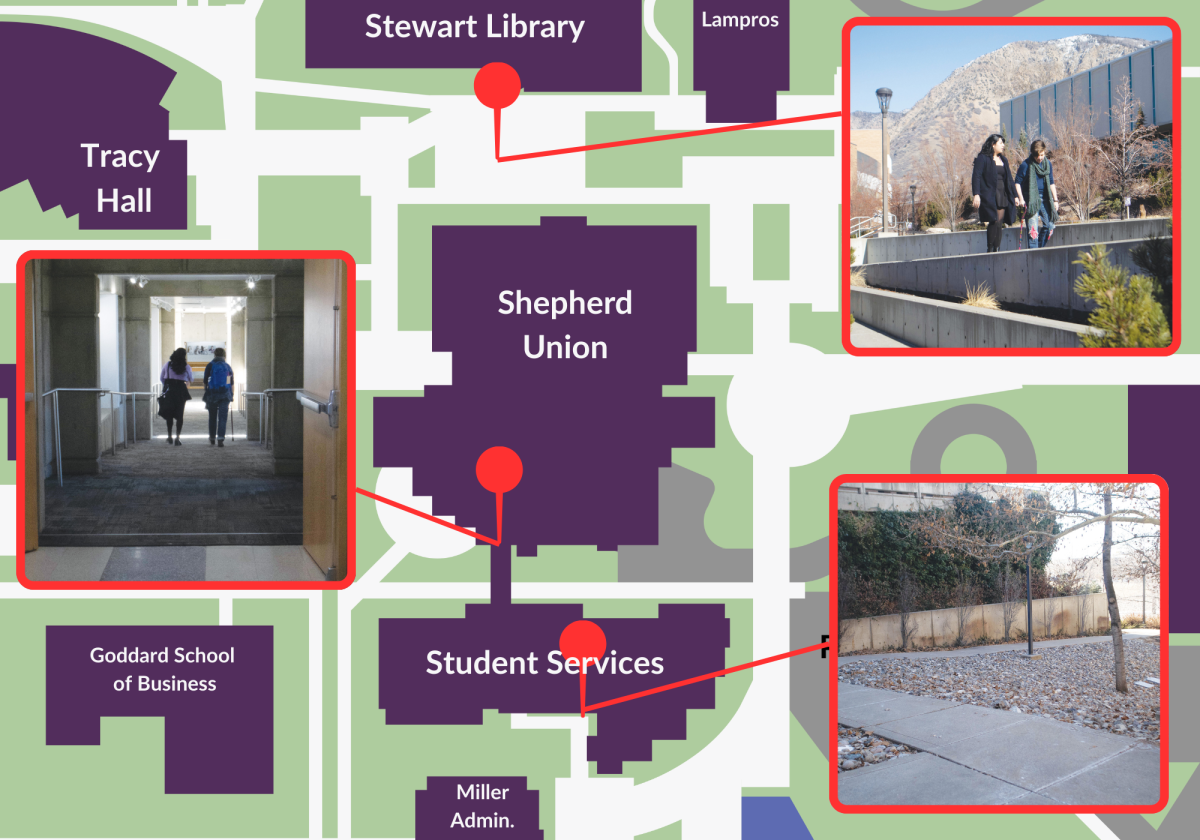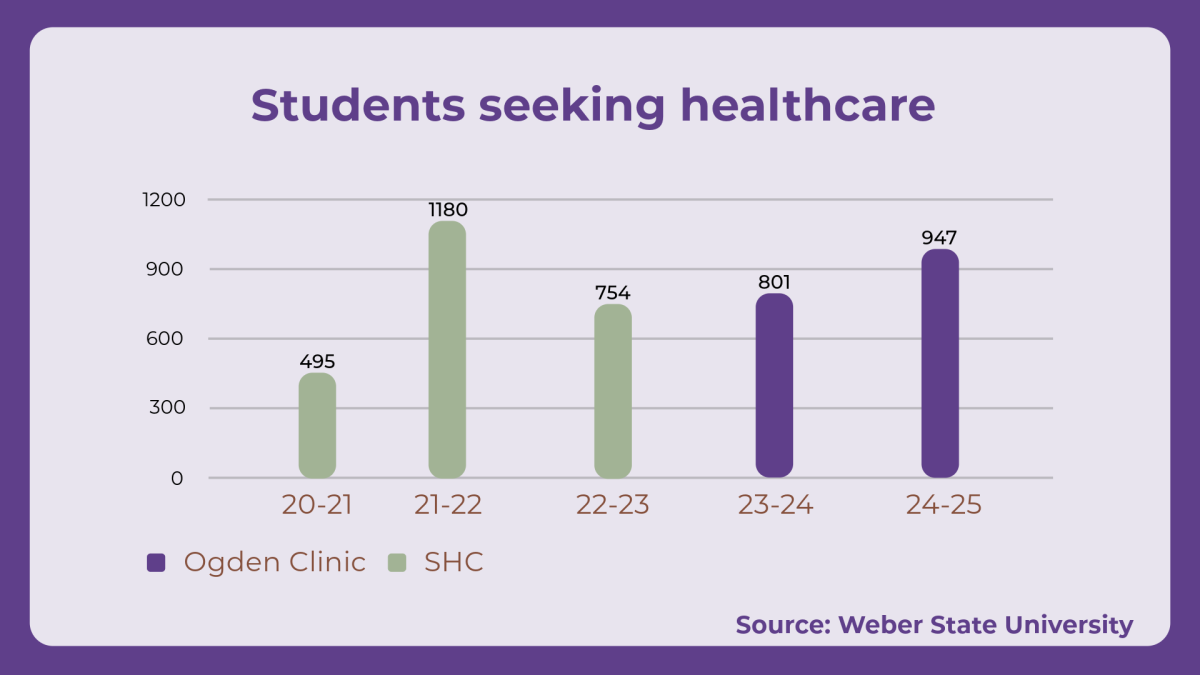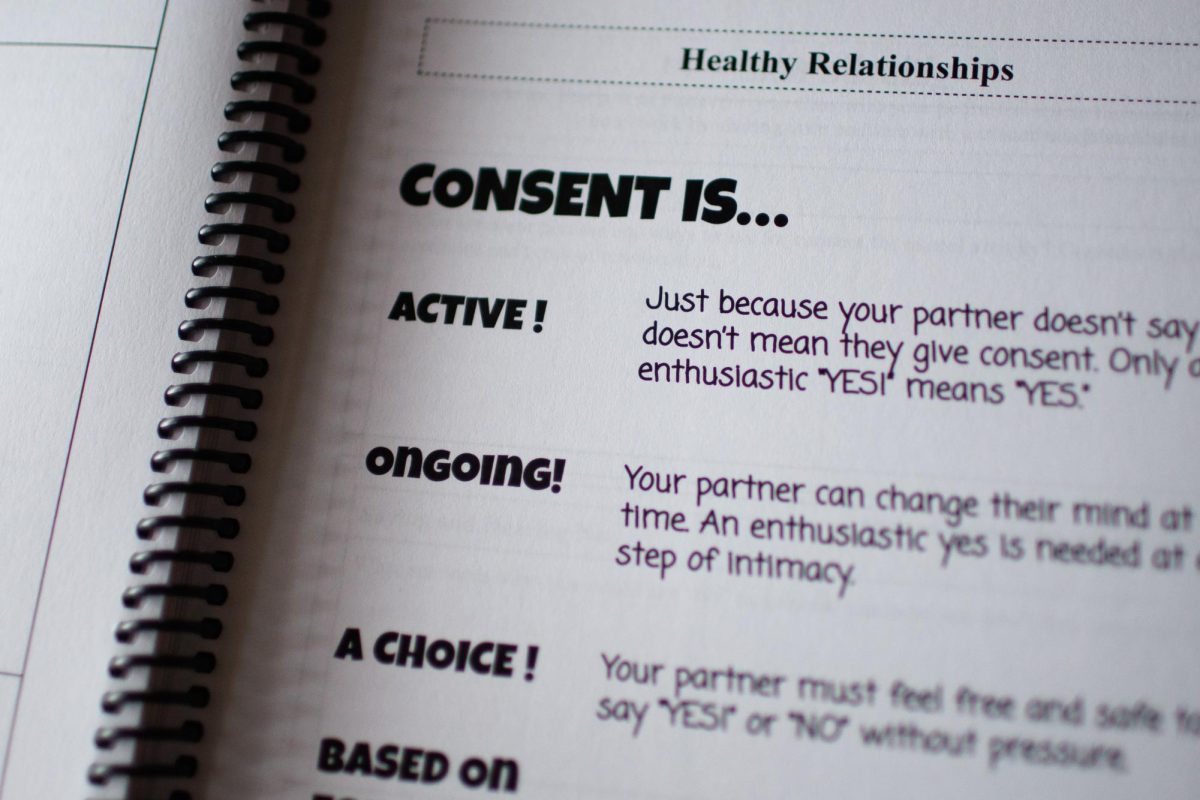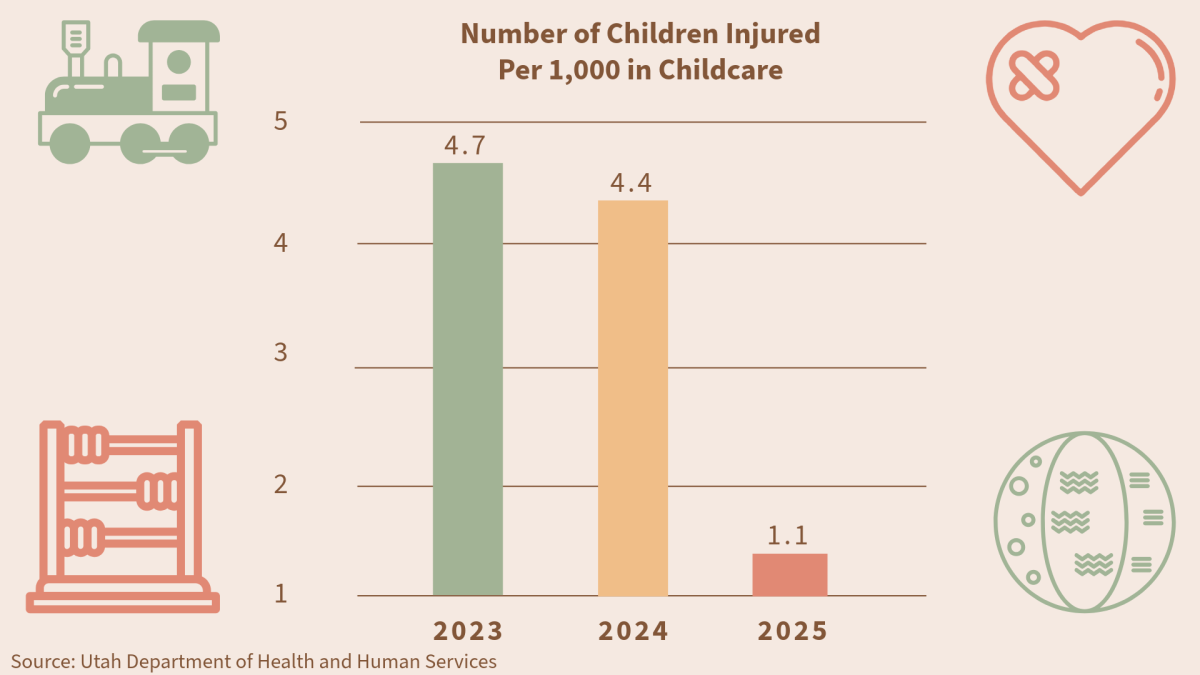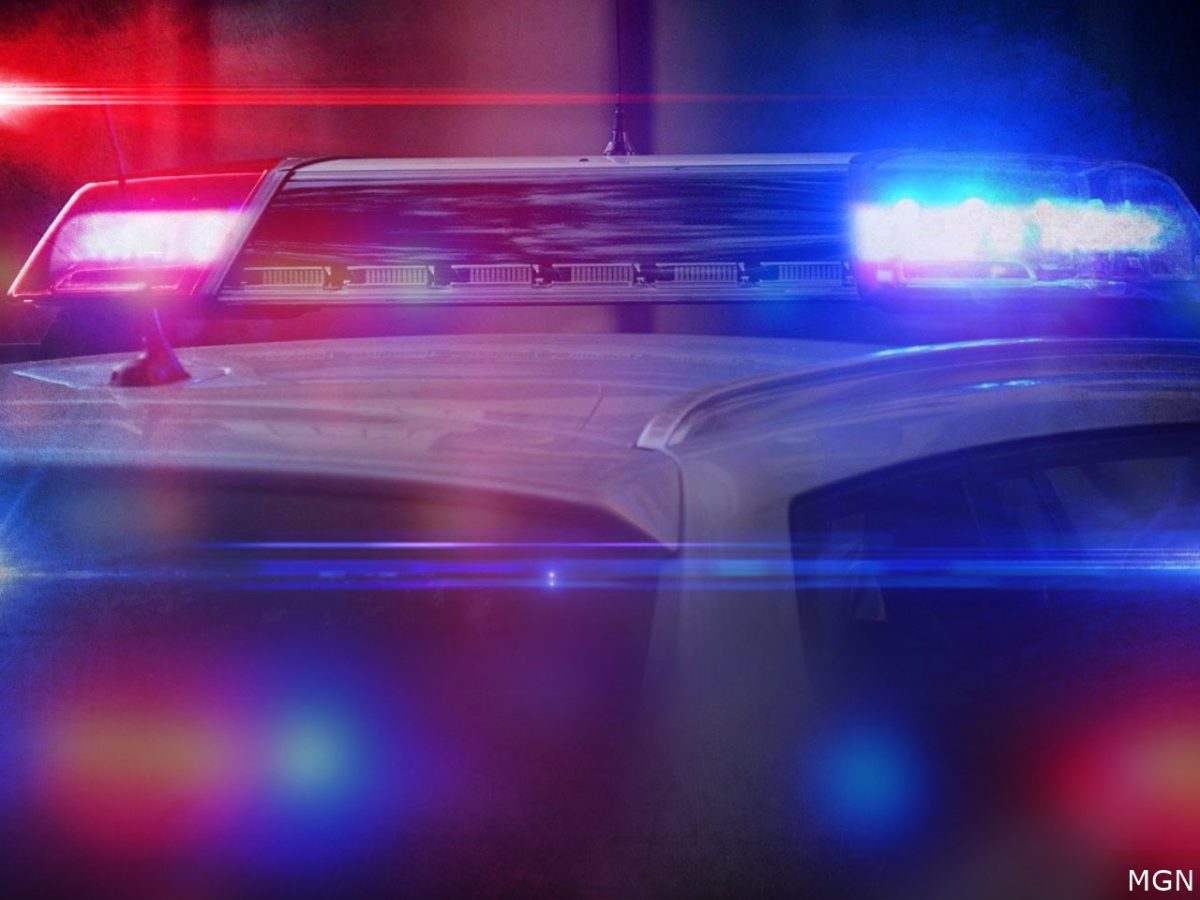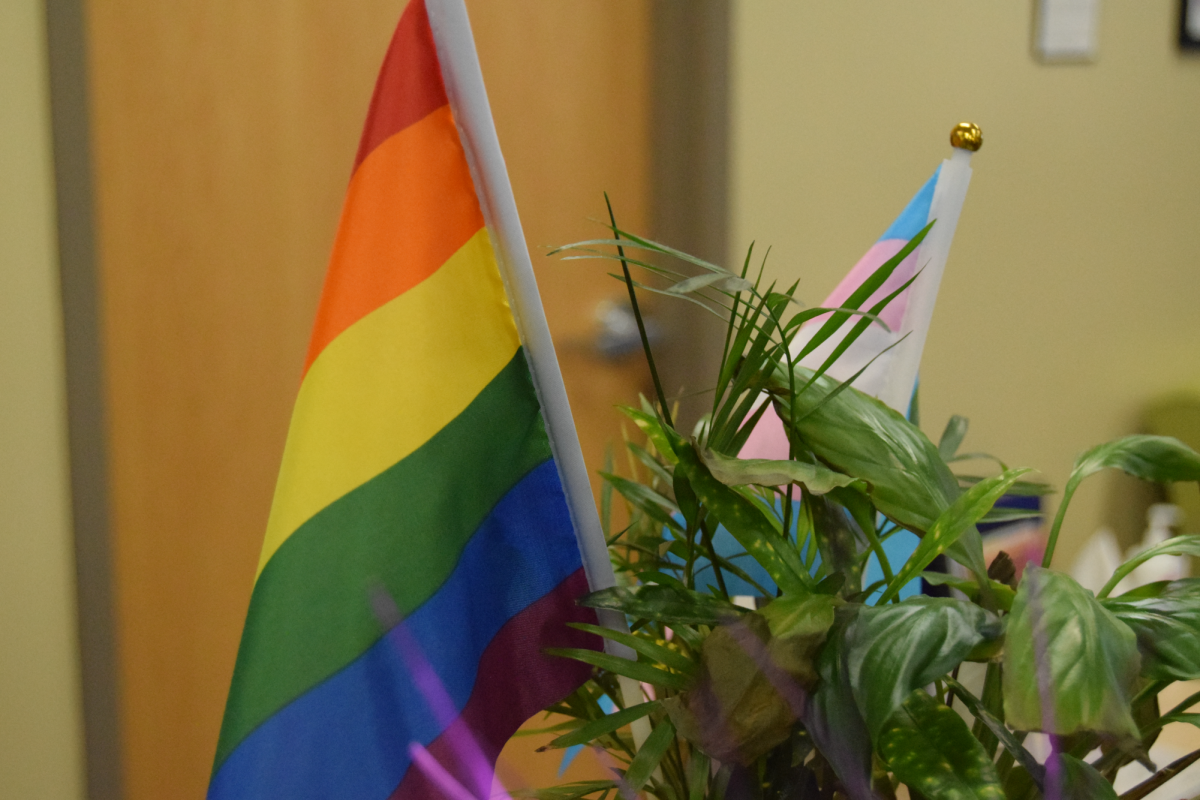Every year on Oct. 1, the Free Application for Federal Student Aid, also known as FAFSA, opens for all current and incoming post-secondary students. This year, however, FAFSA opens on Dec. 1, and that is not the only change to come with financial aid.
Though it is not required, students who would like to receive federal financial aid or scholarships will more than likely have to fill out the FAFSA form in order to be eligible.
This year has brought a change. Instead of opening on Oct. 1 like in previous years, the form for the 2024-25 school year will open on Dec. 1. This is because FAFSA and federal financial aid will undergo a series of changes that will alter how the document is set up and filled out.
The FAFSA Simplification Act, which has been in progress since 2021 by the Department of Education, has been a multistep process that will come to an end for the 2024-25 school year form.
The biggest change is that this Act has moved from the Expected Family Contribution to the Student Aid Index.
Essentially, this means that instead of considering how much a student’s family makes or can contribute toward college if the student is a dependent, FAFSA will now look at how much the student themselves can contribute, according to the Department of Education.
Though FAFSA will still consider whether or not a student is dependent, married or has dependents when scoring them on the Aid Index, they will no longer factor whether or not a student has siblings into their score.
The SAI will take a multitude of factors including income, marital status and dependency into account and combine those factors into a specific formula to find each student’s score.
Not only will the EFC be changed to the SAI during the 2024-25 school year, but the ban on Pell Grants for those who are or were incarcerated or confined will be lifted as well.
The Department of Education began their work during the 2021-22 school year with “elimination of limitations on student eligibility related to Selective Service registration and drug convictions” and “elimination of the subsidized usage limitations on eligibility for Direct Loans.”
The next step of the program began in the 2023-24 school year with “changes to the statutory definition of cost of attendance, professional judgment requirements, determinations of independence, application process for unaccompanied homeless youth and foster care youth, and Pell Grant lifetime eligibility restoration,” according to the Department of Education.
The implementation of the SAI will be the final step in the program for the FAFSA Simplification Act, as it is structured right now.


